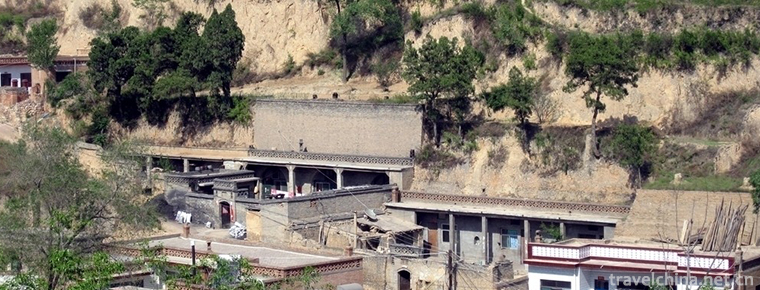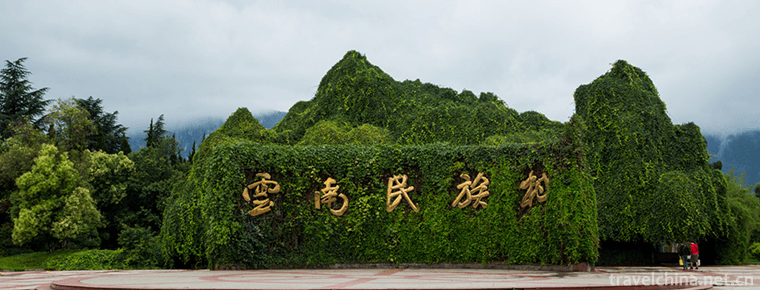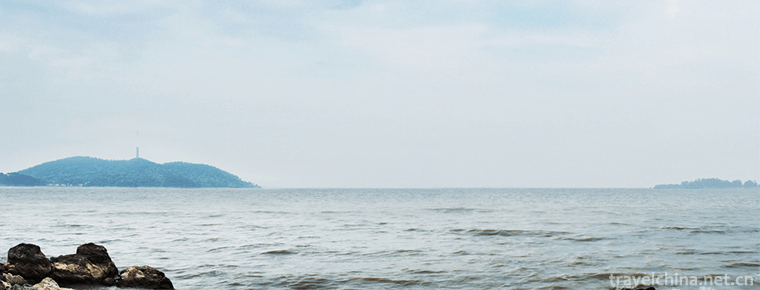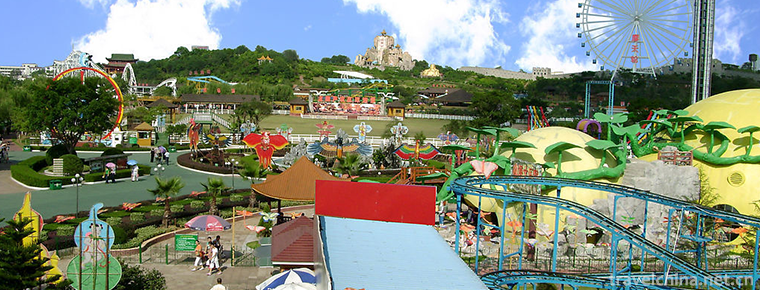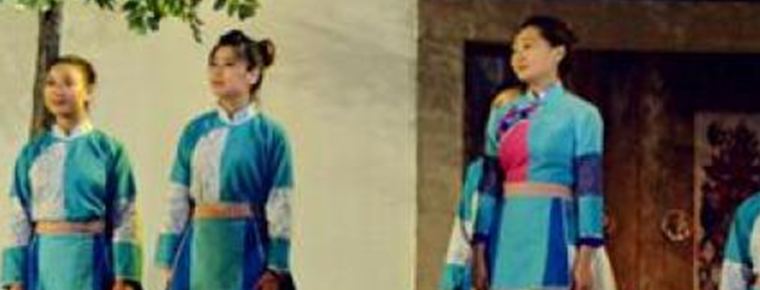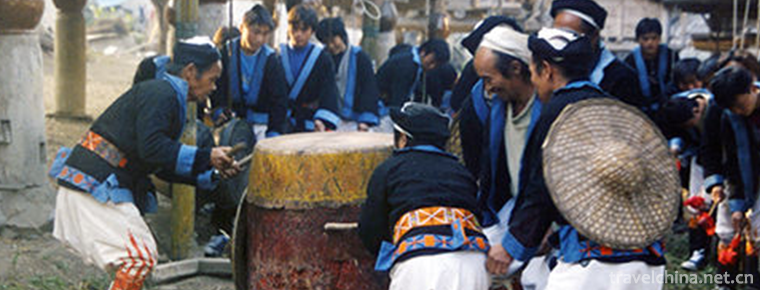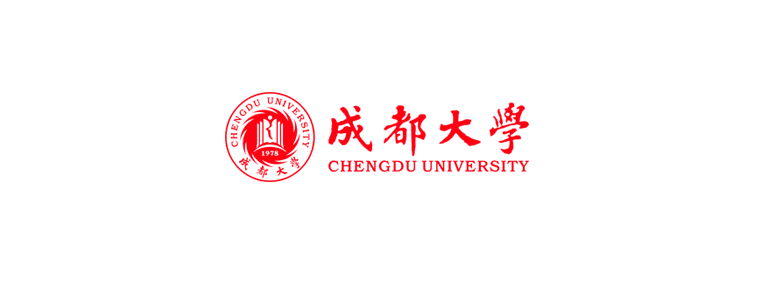Kuqa Wangfu Scenic Area
Kuqa Wangfu Scenic Area
Located in Kuqa County, Xinjiang, the "Kuqa Wangfu" was built by Emperor Qianlong of Qing Dynasty in 1759 by dispatching Han craftsmen from the mainland in order to commend the local Uygur leader, Ezu, for his contribution in helping to calm down the large and small rebellions. At the beginning of the 20th century, there were only some houses and walls left in the former "Kuqa Wangfu". Therefore, in 2004, the Kuqa County Government invested 13 million yuan to rebuild the "Kuqa Wangfu" on the original site according to Dawuti Maihesuti's memory.
reconstruction
The rebuilt Kuqa Palace covers an area of 40,000 square meters. It combines the architectural features of the palaces, pavilions and towers of the Kuqa Palace in the Central Plains of China and Islamic style. Tourists will also learn about the 190-year historical life of the 12th generation hereditary "Kuqa King" through cultural relics exhibition, family history introduction and special diet.
The Kuqa Palace is called "the Prince Palace of the Kuqa Heritage Return Department". The "Prince of Hui" is the "Uygur King", which commands most of the Uygur people in the south of Tianshan Mountains. The Kuqa palace was built in the eighth year of Daoguang in the Qing Dynasty, that is, 1828 A.D. During the reign of Qianlong, the first generation of Hui princes was named Milza Erbiao, a local official who commanded Kuqa, Aksu and Baicheng, the important towns in southern Xinjiang. When the Qing government calmed down the rebellion in Junggar and the great and small Hezhuo, Mirza E made outstanding contributions to safeguarding the reunification of the motherland. For this reason, Emperor Qianlong named him "Yipinza Saddar Khan". By September 26, 1949, Xinjiang was peacefully liberated, with twelve generations of hereditary princes. Dawuti Maihesuti (1927-2014), the twelfth generation prince, was the last king in China. He is 88 years old this year (died on July 30, 2014), serving as vice chairman of the Kuqa County Political Consultative Conference and the oldest national civil servant in China.
For nearly 200 years, the Kuqa palace was destroyed by Kuomintang warlords in 1937. The palace we see now was rebuilt in 2004, with an investment of 15 million yuan. It was rebuilt as it was during the eleventh generation of princes. The Wangfu Tourist Area covers an area of 40,000 square meters. It mainly consists of Wangfu Exhibition Area, Guizi Museum Exhibition Area and Ancient City Wall Exhibition Area. There are also supporting facilities and departments such as "Wangfu Inn", "Wangfu Home Visit", "Campfire Interactive Evening Party", "Banquet Hall", "Tourist Shopping", "Wangfu Song and Dance Troupe". On the right side, you can see tourist shopping, Wangfu Inn, VIP Hall and mosque.
After 11 generations of princes'expansion, the Kuqa palace has not only the Han culture style architecture in Central Plains, but also the Uygur characteristic architecture in Xinjiang, as well as the Russian style architecture. Here, you will have the privilege to see the elegance of the last Wang Ye in China; here, you will enjoy a high standard of national reception; here, you can enjoy the Wangfu family banquet, Kuche apricot, Kuche medicine Sang-Shatut, featured Roast Whole sheep, yellow noodles Kawapu and other delicacies, enjoy the song and dance of Turtles, while dancing with young Uygur girls. Dance; here you can live with Wang Ye; here you will enjoy warm and considerate service.
4A level scenic spot
On December 3, 2007, with the successful promotion of the Kuqa royal palace to the national 4A scenic spot, Southern Xinjiang has since said goodbye to the history of no 4A scenic spot.
Located in the county town of Kuqa, the Kuqa Palace covers an area of 40,000 square meters. It is a palace that integrates the Central Plains region and Islamic style. There are Guizi Museum, Kuqa Palace Heritage Museum, Kuqa Folklore Exhibition Hall, and the Qing Dynasty City Wall of the last "Kuqa King" official residence. Tourists can learn about the 190-year history of the 12th generation of the hereditary "King Kuqa" through the exhibition of cultural relics, introduction of family history and featured diet.
The Kuqa palace was built in 1759 by Emperor Qianlong of Qing Dynasty, who sent Han craftsmen from the Mainland to commend the local Uygur leader, Ezu, for his contribution in helping to calm down the rebellion. By the beginning of this century, the original "Kuqa Palace" had only some houses and walls. In 2004, the Kuqa County Government invested 15 million yuan. According to the memory of Dawuti Maihesuti, the last king of Kuqa, the "Kuqa Wangfu" was rebuilt at the original site, and a special residence was built for the last "Kuqa Wangfu" and reopened on March 26, 2006.
History Exhibition
This is the main building in the palace and the earliest one.
After the title of Mirza Ezu, the Qing government appointed craftsmen from the Central Plains to build royal palaces for the sixth generation of county kings. This building, as you can see from a glance, was designed and constructed entirely in accordance with the architectural style of the Chinese culture in the Central Plains.
Here is the genealogy of the Prince of Kuqa Hui, of which 12 inherit the throne.
The first generation of Wang: Milza Wood, the Qing Dynasty history writing "Er Duo". In the 23rd year of Emperor Qianlong, that is, 1758, he was awarded the rank of "scattered minister". In 1759, he was awarded the title of "Fu Guogong" and "Jin Feng Beizi" and was awarded the rank of Beiler. He served as Aksu and Yerqiang Akimu. In 1778, he died of illness while in office.
The second generation of king: Mirza Usmann, the Qing Dynasty history writing "Osman". Mizar Wood's son, who inherited the subordinate prince, served in Akimu, Kashgar. He died in Beijing in 1788.
The Third Generation King: Milza Mohammed, the eldest son of Usmann, served as Yerqiang Akimu, died in 1824.
Fourth King: Mohammed Wood, Aksu Archimburg, died of illness in 1826.
King of the Fifth Generation: Azati Abak, Aksu Akimu. Because of the defeat in the battle against Zhangger, he was dismissed and his brother Mirza Isaac inherited the title.
The Sixth King: Milza Isaac, who was the Assistant Minister of Kashgar in 1828, was the King of Kafeng County because of his great achievements in establishing Zhangger.
King of the Seventh Generation: Milza Ahmaiti, who died in battle in 1864.
King of the Eighth Generation: Milza Amuti, died in 1900.
King of the Ninth Dynasty: Mirza Mamuti, died of illness in 1910.
King of the Tenth Generation: Buy and Buy Notes. In 1913, Jinfeng became the prince in the second year of the Republic of China. He died of illness in Wushi Border in 1923.
King of the 11th Generation: Buy Hefuzi, Buy Dictionary's nephew, adopted son, son-in-law. He participated in the Southern Xinjiang Incident in 1933, was arrested by Sheng Shicai and killed in 1941.
Twelfth Generation King: Dawuti Maihesuti, died on July 30, 2014 , bought Hefuzi's nephew, adopted son. He inherited the throne in 1942 and served as Senator of Xinjiang Provincial Government. New China abolished feudal privileges and served as Vice Chairman of the Kuqa County Political Consultative Conference.
There are three wax figures here, and the middle one is the first prince, Mirza Eye. In 1757, Size and Size Hezhuo rebellion invaded Kuqa City. At that time, Milza E-pair, who served as local officials in Kuqa, Aksu and Baicheng, firmly opposed secession and safeguarded the reunification of the motherland in the face of the threat and lure of the rebels. The rebels brutally murdered his two sons and one daughter, and then all his family. Milza Ezu led more than a dozen people all the way to Beijing and asked the court to send troops to fight the rebellion. After the Xiaohe Zhuo rebellion was put down, Emperor Qianlong ordered people to draw a portrait of Mirza E Pair and hang it in the Golden Light Cabinet of the Beijing Palace Museum. Later, in solving the problem of Hotan, Mirza E, risking his life, went to Hotan City alone as a lobbyist for the court and made extraordinary contributions at the critical moment. The seventh generation of Prince Mirza Ahmeti was awarded by Emperor Xianfeng for his dedication to the management of copper factories. Three years of Tongzhi, in 1864, Kuqa emerged as an Islamic Jihad rebellion. The rebels coerced Mirza Ahmaiti as their leader. He would rather die than be killed by rebel stones. Wangfuzi declined in the 11th generation. In the Republic of China, in 26 years (1937), Wangfuzi was arrested by Shengshicai. At the same time, all the property of Wangfuzi was seized. After years of rain and wind, the palace became ruins. Although the palace has been buried in the dust of history, the last king, Dawuti Maihesuti, died of illness in July 2014 at the age of 88.
Here is a brief introduction of the last prince, the twelfth prince, Dawuti Maihesoti.
Dawuti Maihesuti
Dawuti Maihesuti was the nephew of the eleventh generation of Prince Maihefuzi. Since Maihefuzi had no son, Dawuti Maihesuti passed on to his uncle as a child and became the legal heir to the throne. At the age of 14, Sheng Shicai, a warlord in Xinjiang, in order to consolidate the rule of southern Xinjiang, was approved by the Xinjiang Governor's Office to succeed to the throne and become the twelfth generation of Kuqa King. From 1947 to 1949, Dawuti Maihesoti served as Senator of the Xinjiang Provincial Government. After the liberation of Xinjiang, Dawuti Maihesuti served as president of Kuqa, Shaya, Xinxian and Sanxian central banks. From 1951 to 1958, due to a mistake, Dawuti Maihesuti reformed in Aksu. After serving his sentence, he served as the director of the agricultural machinery repair plant, the head of the water conservancy engineering team, the captain and technician of the capital construction engineering team, the government translator, and the translator of the cultural administration office. Since 1984, he has served as vice chairman of the Kuqa CPPCC and deputy of the National People's Congress.
Dawuti Maihesuti was not only a feudal lord, but also a loyal friend of our party, and a patriotic national master loved by the people of all nationalities. He firmly supported the Communist Party, stood firm in safeguarding the reunification of the motherland, and opposed national separatism with a clear banner. He made outstanding contributions in promoting national unity, social stability and economic development.
He has won many honorary titles such as "model of national unity", "honest and good cadres of the CPPCC" and "excellent CPPCC members". In 2003, he was named "Top Ten Persons" in Aksu. In the nearly 200 years of history, the twelfth generation of Uygur kings in Kuqa mostly insisted on maintaining the reunification of the motherland, uniting the people of all ethnic groups, resolutely opposing the separatist forces, and made indelible contributions to the reunification of the motherland, national unity and social stability.







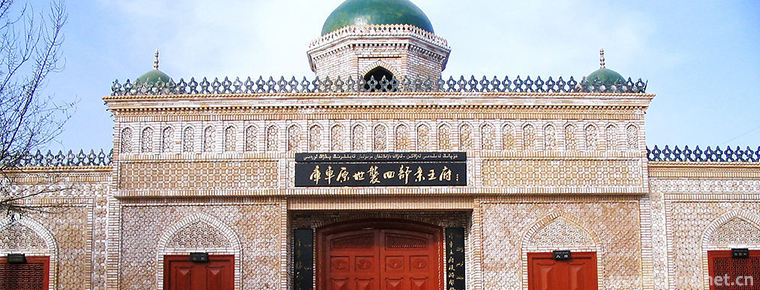
-
The AncientCity of Ping Yao
The AncientCity of Ping Yao is located in Pingyao County, central Shanxi Province. It was founded in Xuanwang Period of Western Zhou Dynasty (827-782 BC)..
Views: 291 Time 2018-11-24 -
Yunnan Nationalities Village
Located in the southwest suburb of Kunming City, Yunnan Province, Yunnan Ethnic Village covers 89 hectares. It is a window reflecting and displaying the social and cultural customs.
Views: 110 Time 2018-12-22 -
Chaohu Lake Scenic Area
Located in the middle of Anhui Province, Chaohu Lake is located in Hefei, Lianhuai Tongjiang River, 55 kilometers east-west, 22 kilometers South-North wide. Its perennial water area is about 760 squar.
Views: 183 Time 2019-01-05 -
Hulu Mountain Villa Tourist Scenic Area
Huludao Mountain Resort is located on the Bohai coast in the northeast of Huludao City, Liaoning Province. The rich and colorful Huludao Mountain Resort is located in Huludao City.
Views: 165 Time 2019-01-16 -
Nanwan Lake Scenic Area
Nanwan Lake, also known as Nanhu Lake, is located in Xinyang City, Henan Province. It is known as the "Pearl of South Henan" and is a famous natural scenic spot of Nanwan Lake. All around th.
Views: 183 Time 2019-02-07 -
Yaoshi Scenic Spot
The Youshi Scenic Spot is located on the South Bank of Youshi Hainan, Haojiang District, Shantou City, across the sea from Jinping District. It is the first provincial-level scenic spots in Guangdong .
Views: 734 Time 2019-02-07 -
the Wu Ballads
Wuge is the oral literary creation of the majority of the people in Wu dialect area, which originated in southeastern Jiangsu Province, and Suzhou is the central area for the generation and developmen.
Views: 135 Time 2019-06-29 -
Monkey Drum Encouragement of Yao Nationality
"Monkey Drum Dance of Yao Nationality" is called "Jiuglang" in Yao language. It is popular among Baiku Yao people in Yaoshan. "Monkey Drum Encouragement" is performed in .
Views: 125 Time 2019-07-11 -
Chengdu University
Chengdu University, established in 1978 with the approval of the Ministry of Education, is a comprehensive University jointly built by Sichuan Province and Chengdu City. It is a key comprehensive univ.
Views: 303 Time 2019-08-31 -
University Of International Business And Economics
The University of Foreign Economic and Trade is a national key university directly under the Ministry of Education. The first batch of "211 Project" and the first batch of "double first.
Views: 106 Time 2019-09-22 -
Bijia mountain Luzhou City Sichuan Province
Bijia mountain is located in Hejiang County, Luzhou City, Sichuan Province, 42km away from Luzhou City and 7km away from Hejiang county. Bijia mountain is named for its three peaks standing like a penholder. Bijia mountain area is dangerous, surrounded by cliffs and cliffs. The mountain has the characteristics of typical red Danxia landform, unique landscape and beautiful scenery..
Views: 162 Time 2020-10-16 -
Land resources in Suining
The total cultivated land area of Suining is 2.2815 million mu, of which the purple soil area is the largest, accounting for 62% of the cultivated land area, which is widely distributed in the low mountain and hilly areas..
Views: 337 Time 2020-12-16
